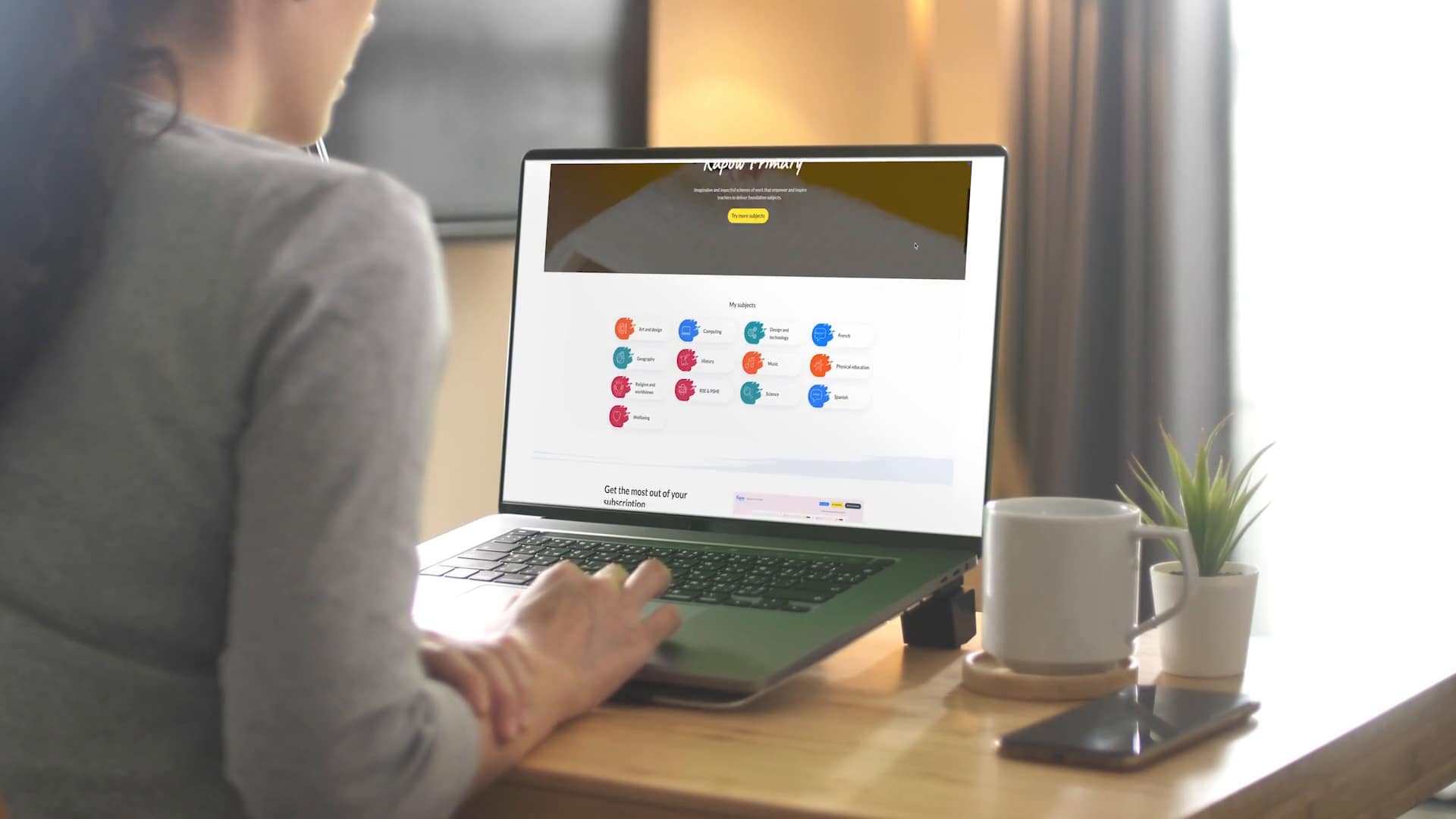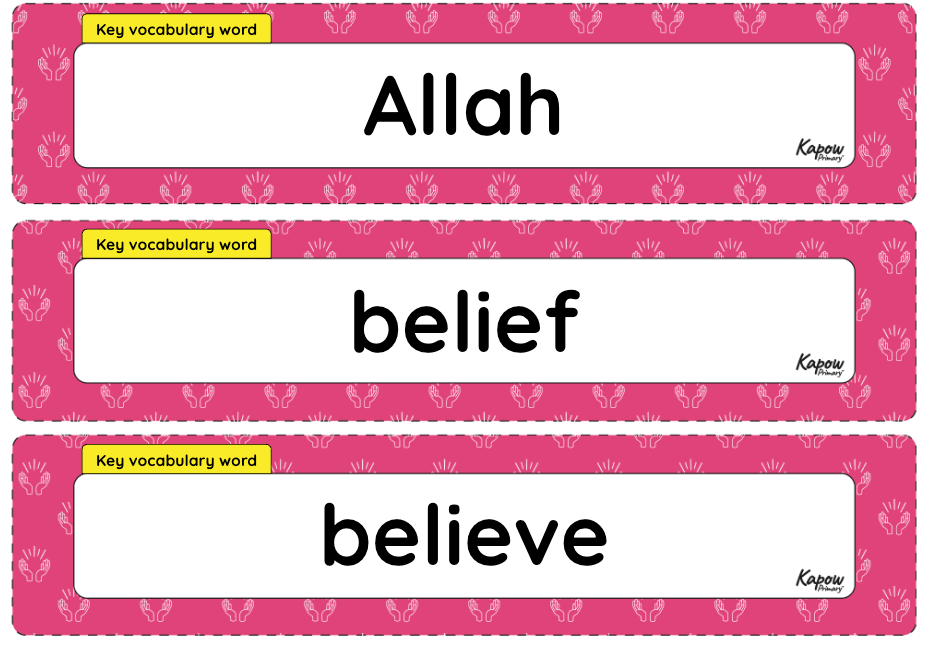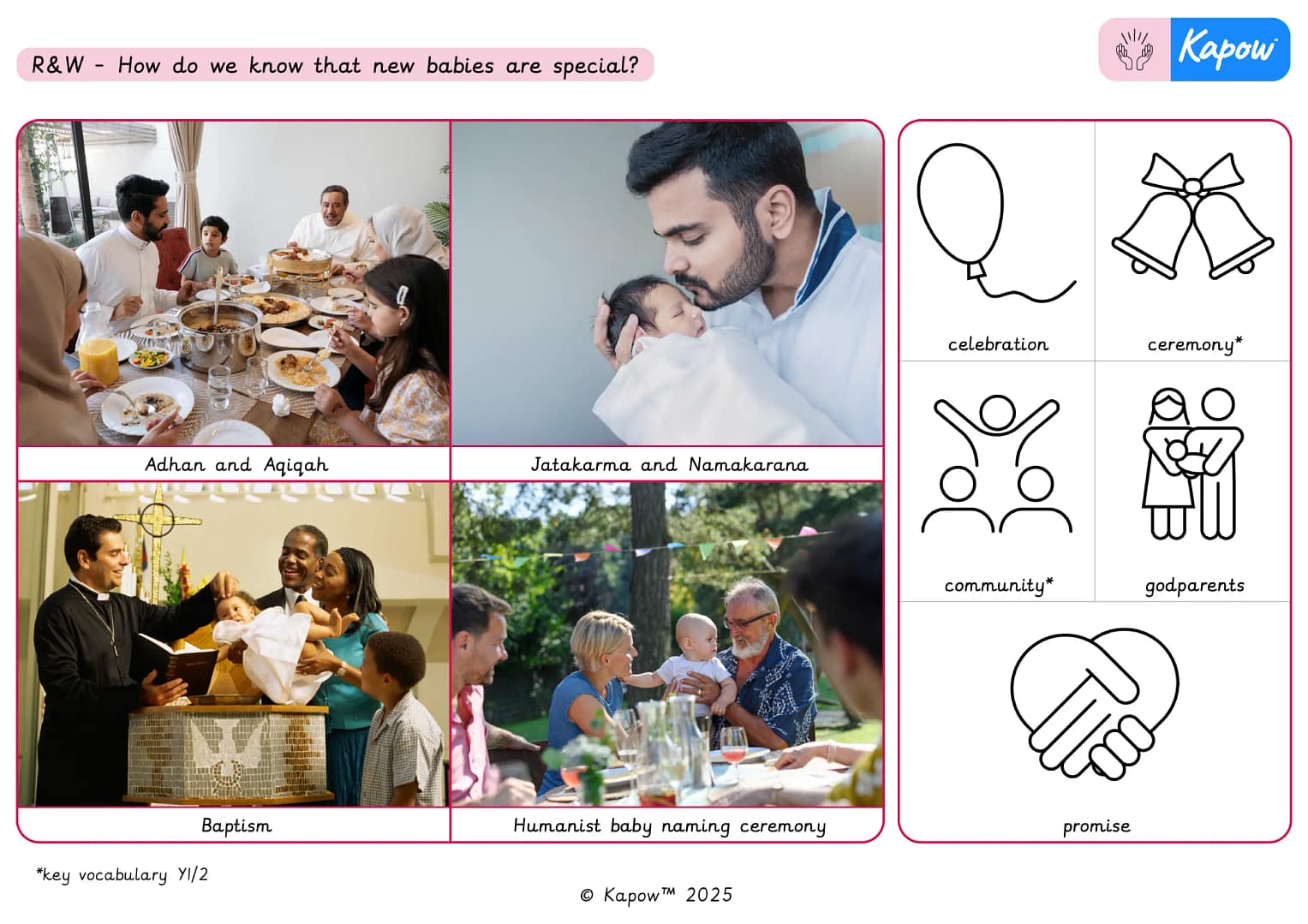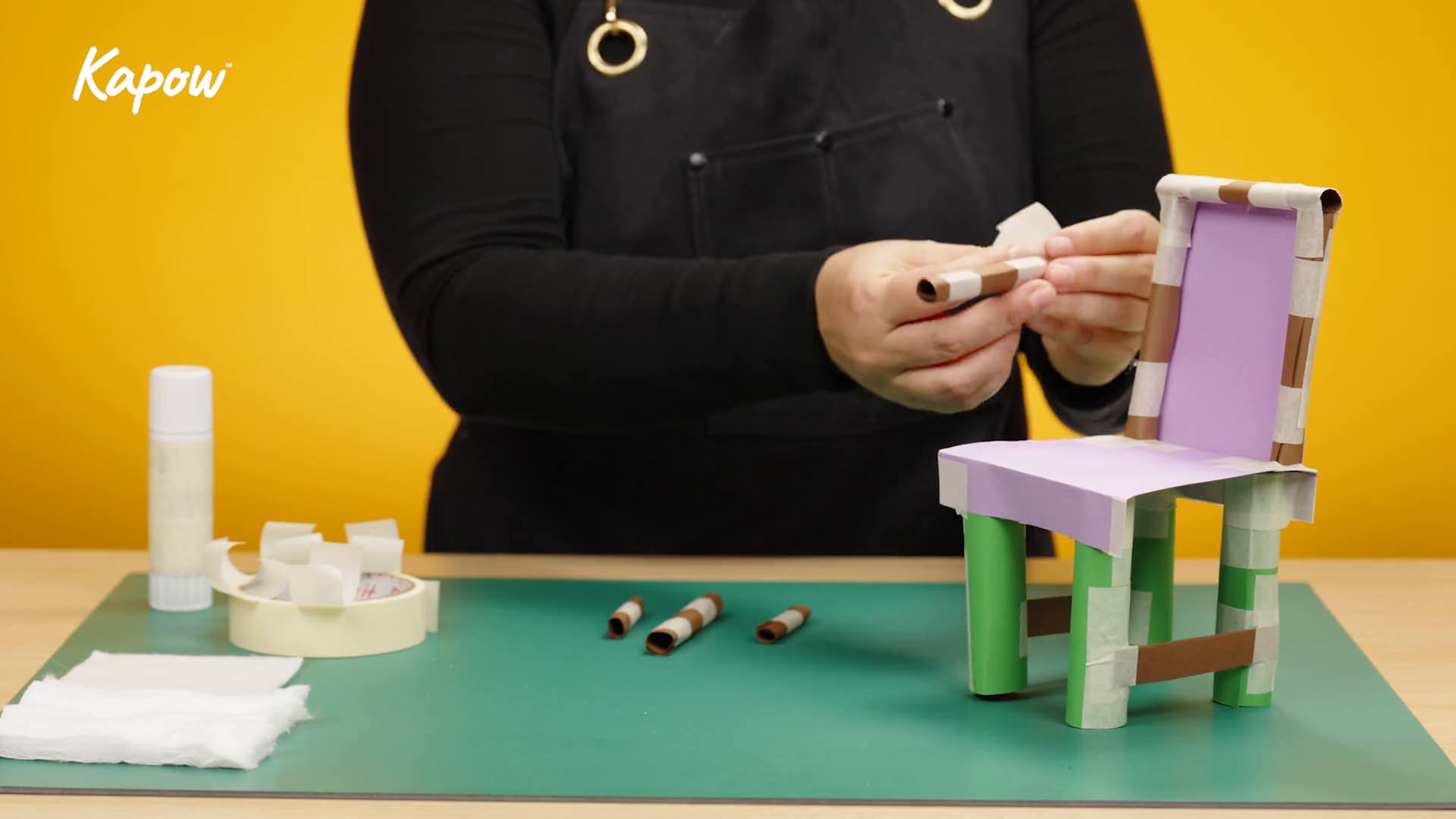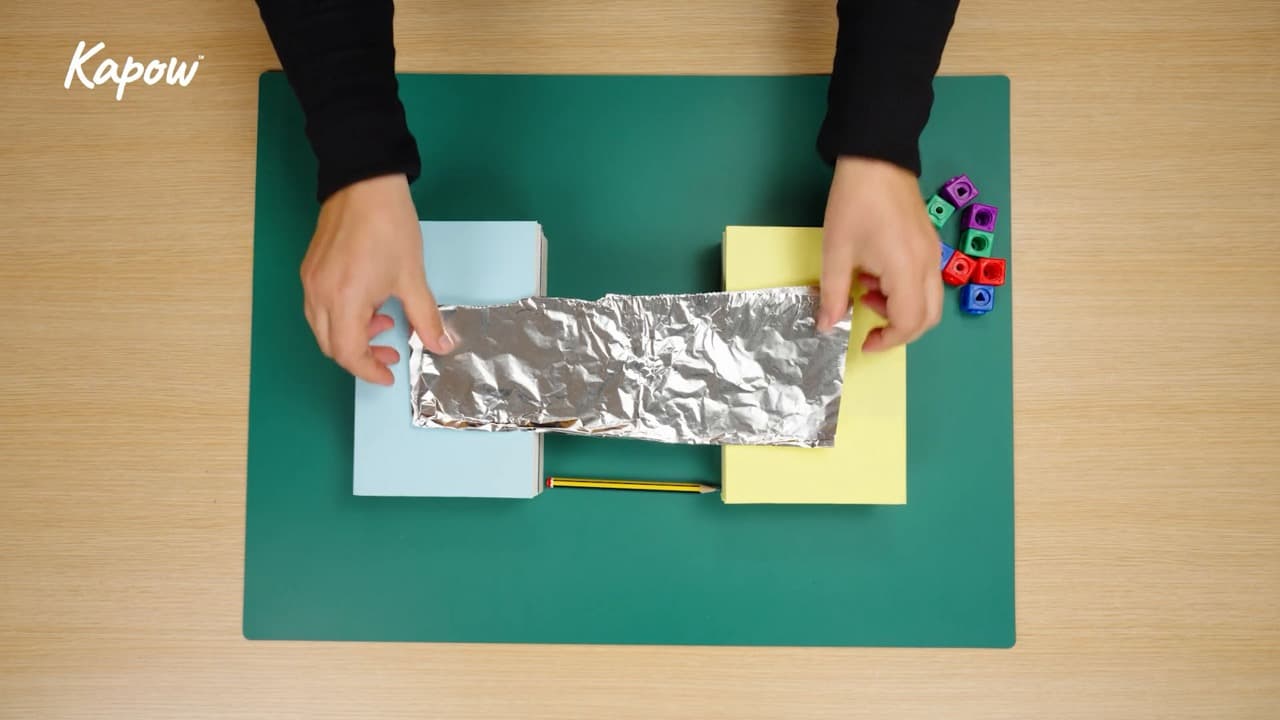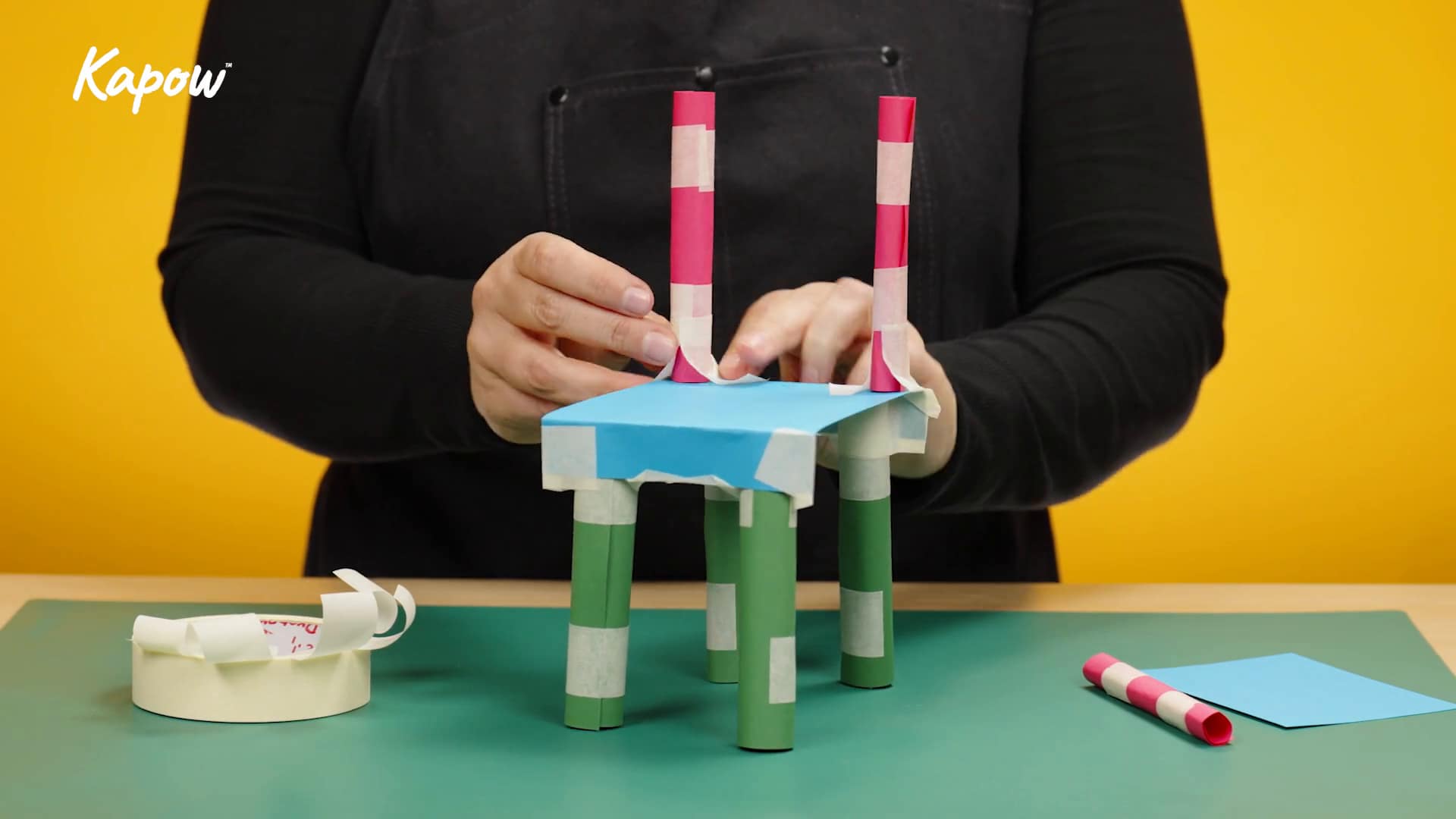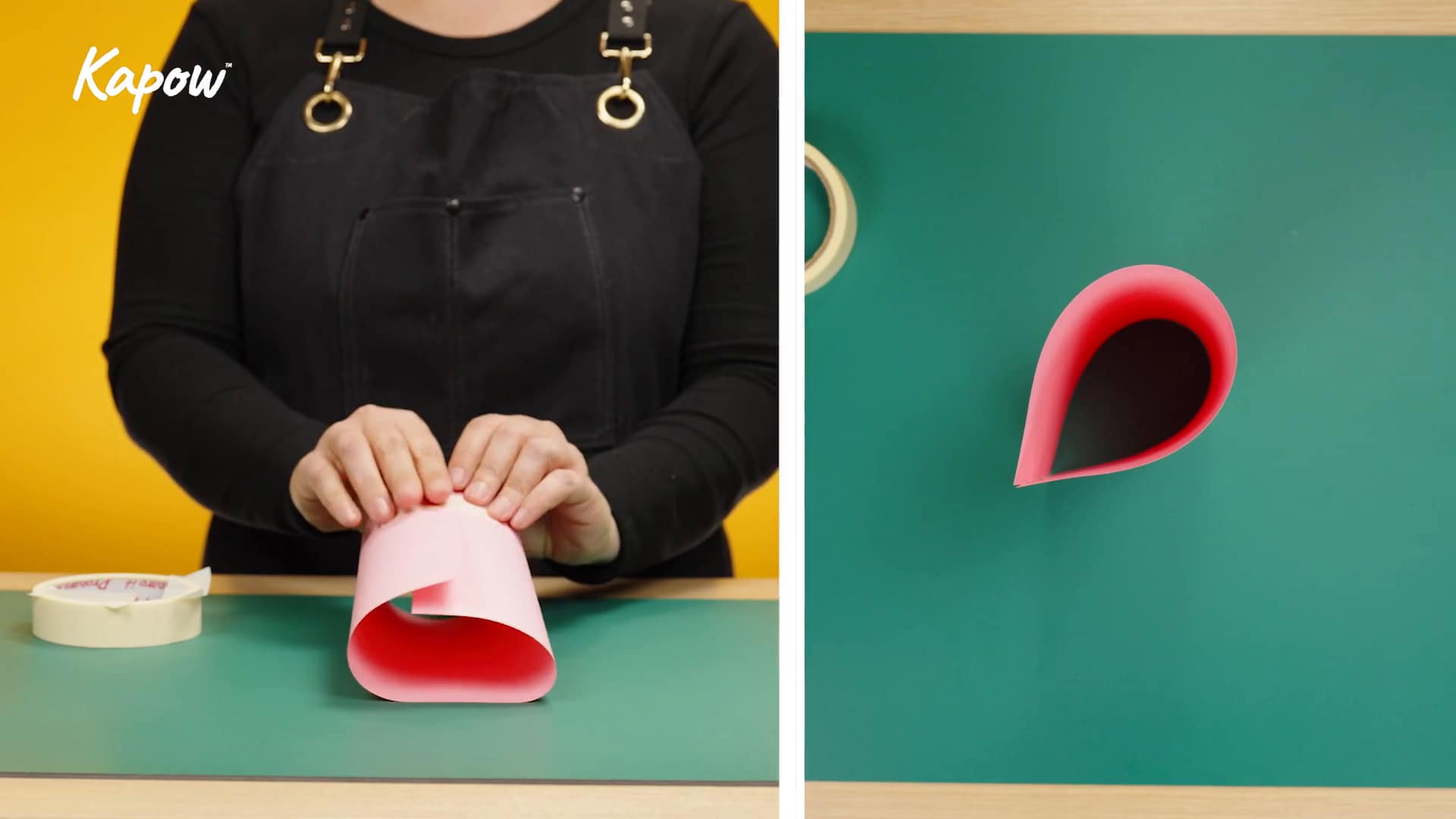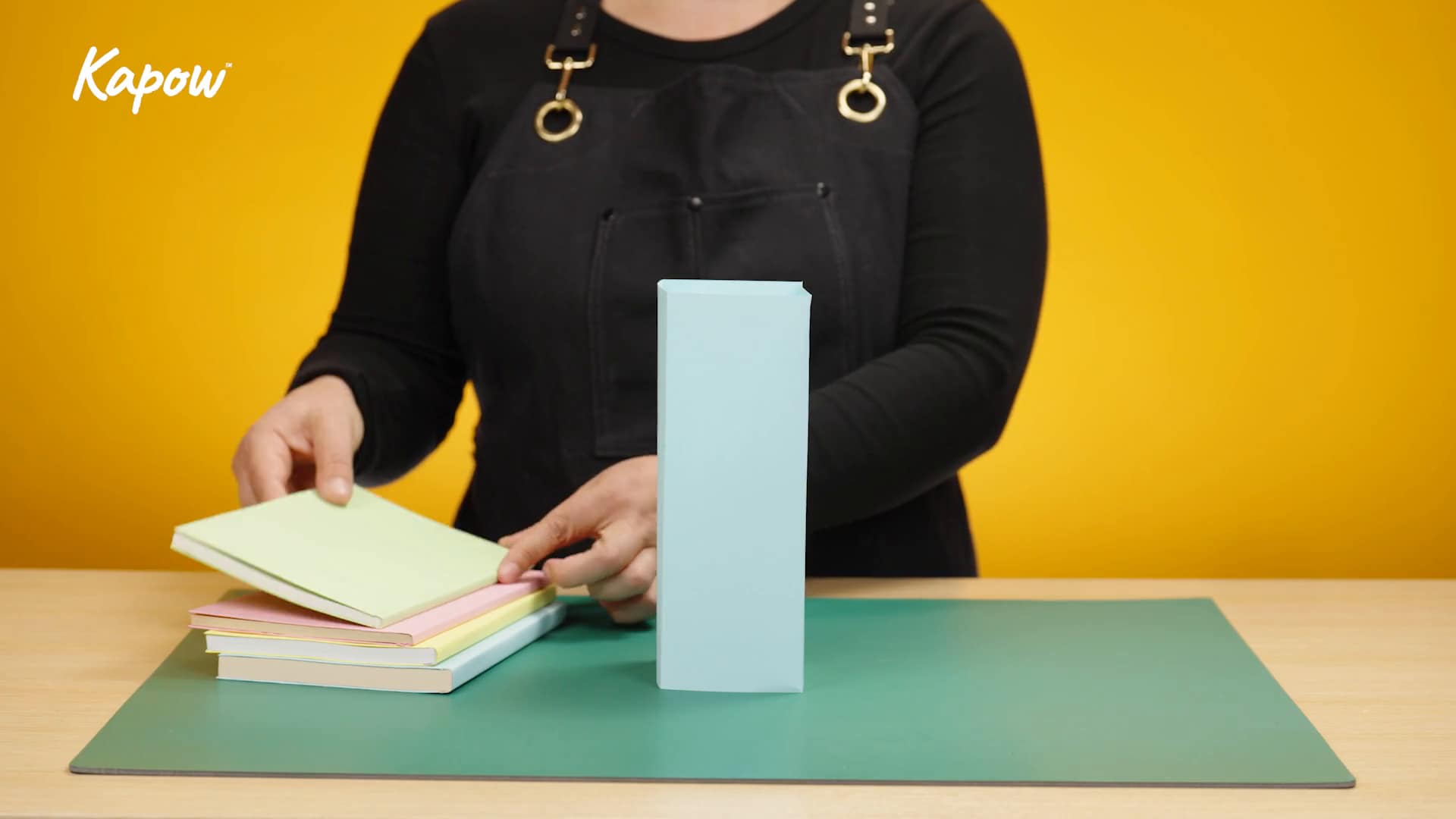year: Year 2
Vocabulary display – R&W Y1/2 (B): How do we know that new babies are special?
This unit vocabulary display includes keywords from the Year 1/2 unit Religion and worldviews, Y1/2 (B), How do we know that new babies are special? and additional unit-specific words that may be helpful in a display.
Key vocabulary is clearly labelled on the display, highlighting essential words that the pupils are expected to retain and reuse in future units. Understanding these words enhances comprehension of the subject and supports understanding of prominent organised worldviews.
See the full Religion and worldviews: Progression of key vocabulary.
Knowledge organiser – R&W Y1/2 (B): How do we know that new babies are special?
Webinar: Modelling and Questioning in Music – Strategies for Progression
Learn how effective modelling and questioning can boost musical progress in your classroom. Music specialist Laura Forster-Rea shares practical strategies to build pupils’ confidence, deepen understanding, and support skill progression – plus a Q&A to wrap up.
Pupil video: Evaluate and improve a chair
In this video, the pupils are guided through evaluating a chair made for a teddy bear by checking against the design criteria, and then improving each element.
Teacher video: Exploring how the thickness of material affects strength
In this video, the teacher is guided through a method for testing how stiff or flexible a material is when it is made thicker by folding it in half and then in half again. This provides them with the skills and knowledge to guide Year 2 pupils to carry out their own exploration of thickness and flexibility themselves.
Pupil video: Making a chair for a bear
In this video, the pupils are guided through several possible methods to make and attach parts of a card and paper chair for a teddy bear.
Teacher video: Exploring how shape affects strength
In this video, the teacher is guided through a method for testing how strong different prisms are when weight is added on top of them, equipping them with the skills and knowledge to guide Year 2 pupils to carry out the test themselves.
Pupil video: Exploring how shape affects strength
In this video, the pupils are guided through a method for testing the strength of different prisms when weight is added to them.

